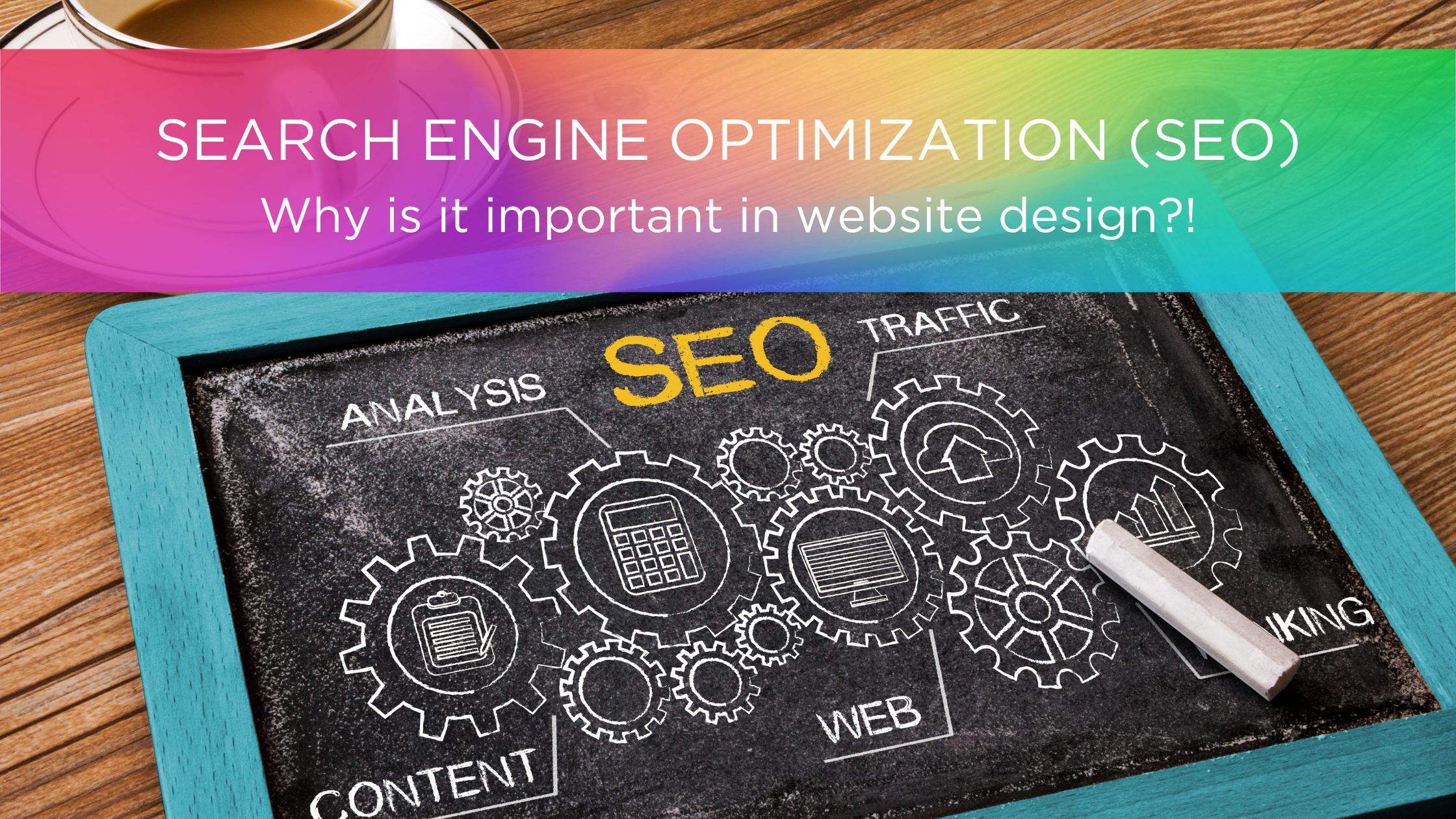When it comes to website design, search engine optimization (SEO) is a crucial aspect that cannot be ignored.
In fact, website design and SEO go hand in hand. SEO is a set of techniques that improve the visibility of a website in search engine results pages (SERPs). By optimizing your website for search engines, you can drive more traffic to your website, increase your visibility, and generate more leads.
Here are some ways in which SEO can be integrated into website design:
Use keywords in your content: Incorporate relevant keywords into your website content, including headings, subheadings, and body text. This helps search engines understand the content of your website and rank it accordingly.
Optimize your website structure: A well-structured website with clear navigation and logical hierarchy is essential for good SEO. This helps search engines understand the structure of your website and the relationships between different pages.
Optimize images: Use alt tags and descriptive filenames to help search engines understand the content of your images. This can also improve the accessibility of your website for visually impaired users.
Ensure fast loading times: Website speed is a crucial factor in SEO. A slow-loading website can negatively impact your rankings and user experience.
Use responsive design: With an increasing number of users accessing websites from mobile devices, responsive design has become essential for good SEO. A responsive website adapts to different screen sizes and ensures a consistent user experience across devices.
By incorporating SEO into your website design, you can ensure that your website is optimized for search engines and provides a positive user experience for your visitors. This can lead to increased traffic, better rankings, and ultimately, more business.





